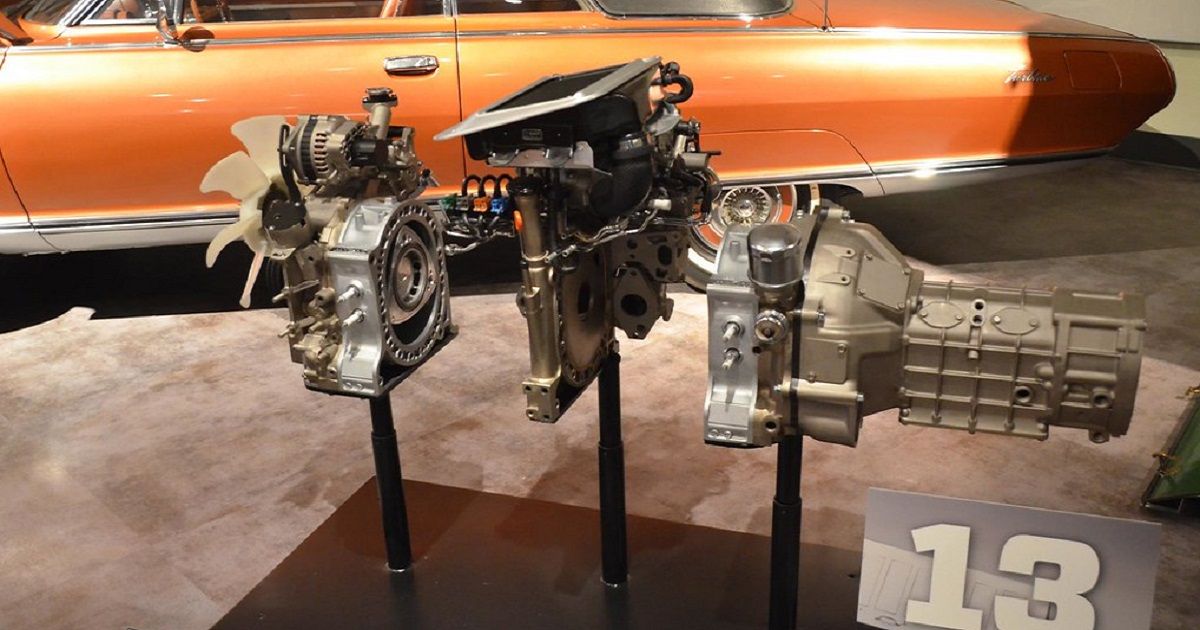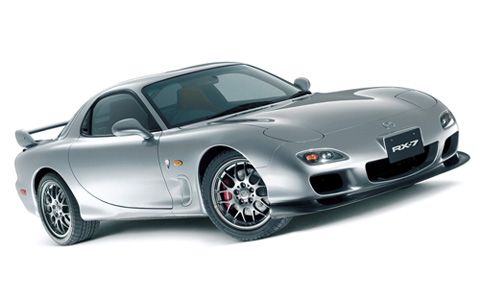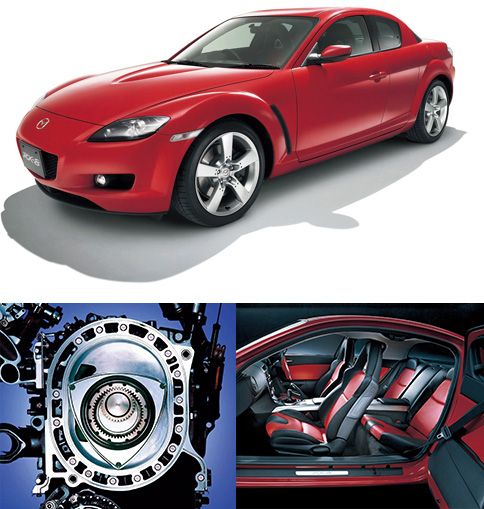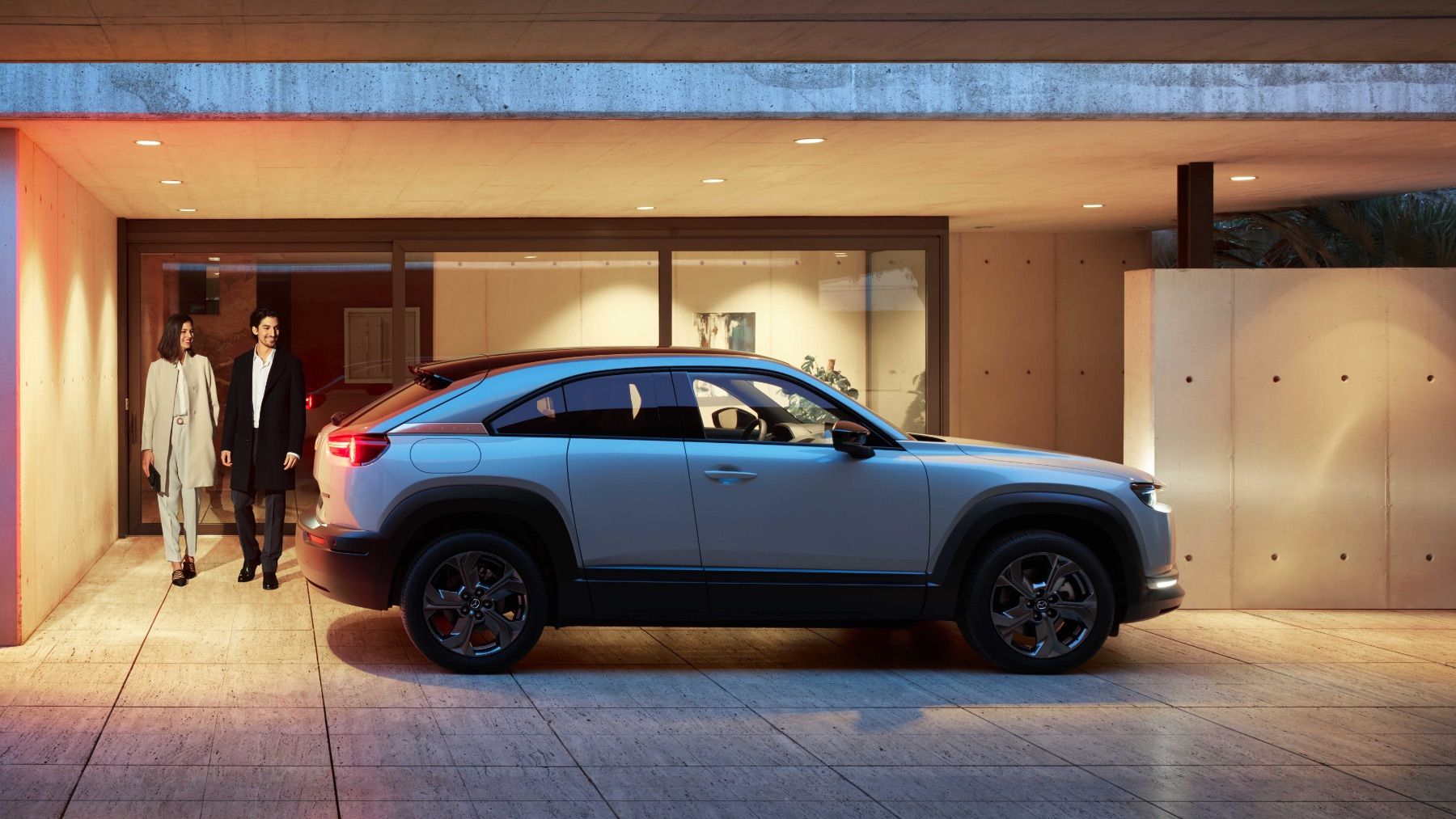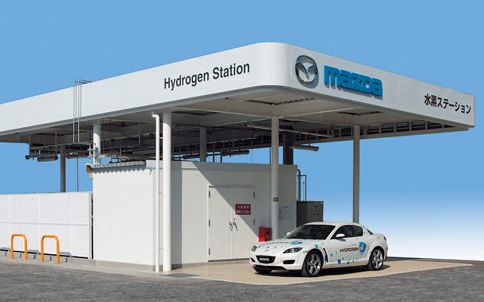Rotary engines first became widely used during World War I as an alternative to conventional inline engines. It was used because they provided solutions to many of the problems that came from the use of conventional engines and was seen as technological innovation. However, over time and as early as the 1920s, users of rotary engines had discovered many limitations, and it became almost obsolete.
In the beginning, the main use of rotary engines was in aviation, but over time it was used in some cars and motorcycles. They were rare because, as with aviation, they were seen as not being worth some of the limitations they imposed on the vehicle.
Several carmakers have made rotary engines for their vehicles. This never became widely used for passenger vehicles, but this did not stop various companies from trying their hands at success with a rotary engine.
Out of all the car makers who produced rotary engines, Mazda is perhaps the most well-known. They have put many resources into mass-producing rotary engines and have developed a great reputation during the process. The company used this rotary technology as a way to survive through innovation and to stand out from other carmakers back before anyone believed in it.
What Exactly Is A Rotary Engine?
The rotary engine, as discussed here, was conceived and developed by Dr. Felix Wankel in 1960. It is sometimes referred to as either the Wankel engine or the Wankel rotary engine. For an engine to work as it is intended to, it processes four different jobs. It handles the intake, compression, combustion, and it processes the exhaust.
In a conventional piston engine, these four jobs are handled in the same space. However, in a rotary engine, these functions take place in different parts of the engine. This is like having a dedicated cylinder for each of the four jobs handled by the engine.
When Did Mazda Start Making Rotary Engines?
Mazda first used the rotary in a limited capacity in 1967. It was employed in the Cosmo Sport, and it was the first-ever massed produced car powered by a two-rotary engine; the car was first displayed in 1963 at the Tokyo Motor Show. As time went on and Mazda started to put rotary engines in other cars, they became known as the Mazda Wankel engine. These engines gained a reputation for being small and powerful but not very fuel-efficient.
As the years went on, Mazda put more faith into their rotary engine. In fact, by 1974, they had stopped using piston-powered engines in their new vehicles. This proved to be a mistake because there was an industry shift. There was now a three-prong approach to engines; this related the Wankel to be used primarily in sports cars. Mazda almost went under as a result of the industry change.
Since the Mazda RX-8 was discontinued in 2012, Mazda has only used their rotary engine in racing cars for SCCA Formula Mazda and the Indy Racing League. This decision was partly influenced by the fact that sales for vehicles with rotary engines had decreased steadily over the years.
Disadvantages Of Rotary Engines
One of the main disadvantages to using the rotary system in vehicles is that they have low thermal efficiency due to their long combustion chamber. This means that unburnt fuel can make it into the exhaust.
Another issue with rotary engines is that it can be difficult to seal the rotor because of uneven temperatures in the combustion chamber. This is as a result of combustion only occurring in one part of the engine.
Rotary engines are also heavy consumers of oil. Not only because they can be more suspectible to leaks, but also since oil is used to keep the rotor sealed, and the uneven temperatures from combustion can lead to more oil being used at some point than at others.
As previously mentioned, emissions and poor fuel economy are also major issues with the rotary engine. Many people attribute this to being the biggest reason why rotary engines are only used in racing cars today. Poor fuel economy directly impacts the drivers because it meant they had to spend more on gas than they would with a conventional engine.
The Future Of The Rotary Engine
Mazda has held on to its commitment to the rotary engine since the RX-8 was discontinued in 2012. For years now, they have talked about the future of their rotary engine and have even shown prototypes. The most notable was in 2013 when they showed the Mazda2 RE, which featured a rotary range extender system.
Then, in 2021, Mazda announced that the MX-30, a plug-in hybrid, will feature a new rotary engine. This new engine will act as a range extender used to recharge the battery and the goal is to release this car in 2022.

